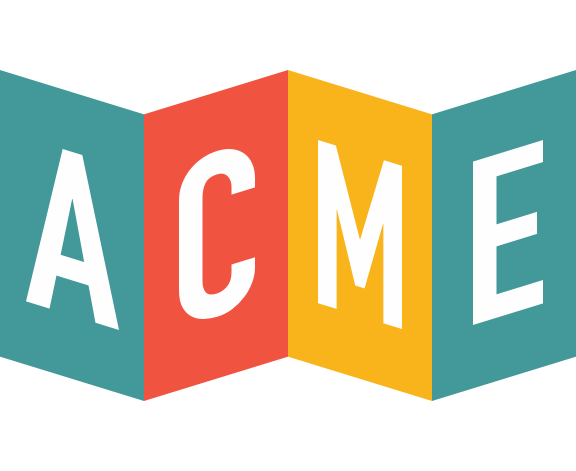
How to Adapt Membership Renewal Policies for COVID-19
The effects of the current pandemic are being felt almost universally. Economic complications posed by necessitated closures and cancellations due to the threat of COVID-19 have significantly impacted the world of nonprofits such as museums and public galleries, as well as their member’s ability to contribute.
A nonprofit organization’s dedicated member base is what keeps it afloat and allows it to survive, even in uncertain moments in time. To sustain the existence of your nonprofit, as well as the health and wellness of your membership base, it may be necessary to implement a flexible membership renewal policy.
In the following post, we’ll go into more detail about how COVID-19 is having an effect on nonprofit membership, and how you can continue to support your members and community in the meantime.
The Challenges of Covid
For nonprofits with ticketed attendance, such as museums, necessary closures have taken a significant toll on yearly revenue. Many organizations have chosen to hold both free and ticketed events online to maintain programming and audience engagement. However finances generated from these efforts are incomparable to traditional routes of income. The financial health of your organization is an obvious forefront of concern.
Another side effect of closure and inhibited activity is a decline in new membership enrollment. Many of the benefits offered by nonprofit organizations in exchange for subscription are unavailable, or not apparent to new audiences.
Finally, the individuals which make up a membership base are themselves likely experiencing financial shifts and may not be able to contribute to your organization in the same way. As COVID-19 forces changes to your member’s financial priorities and planning, they will need your support and flexibility to maintain a mutually beneficial relationship.
How to Adapt Your Membership Renewal Policy
So, what practical actions can you as a nonprofit organization take to maintain a healthy membership base? Membership renewals to their favorite nonprofit may not be at the top of everyone’s list of concerns in light of the current circumstances, so the best thing you can do is to adapt your membership renewal policies to allow room for the more pressing needs of your members, while also encouraging them to stay on board.
- What to do if members need more time to pay their renewal fees:
It’s possible that many of your members have experienced major changes in their income, and may not be able to pay their membership dues at the regularly scheduled time. Most organizations already have built in grace periods, however this does not eliminate the pressures posed by threat of overdue fees or termination of membership, for the subscriber, or the potential loss of a member, to your organization. Membership renewal is the best way nonprofits can secure financial support, and making this as easy as possible to do for your members should be a priority.
To offer some support, you might consider extending the grace period — whether automatically or upon the member’s request. While you can’t extend it indefinitely, a week or two may be all that is needed for the member to catch up.
If your nonprofit is large enough and can take the hit, you can also defer payments for certain tier groups. - What to do if members can’t pay a full year up front:
Annual subscriptions may be a bigger expense now for your members than they were back in 2019. To maintain their membership while simultaneously making dues more manageable, your organization may be able to move annual subscribers to monthly or quarterly plans. Installments, paid at the member’s leisure over a granted time period may also take some of the pressure off, while allowing audiences to maintain their benefits. - What to do if members want to freeze their accounts:
Access to membership benefits are extraordinarily limited for the time being. Organizations such as art and science museums typically offer benefits which are dependent on the member’s ability to visit said museums. While unable to participate in your organization’s membership benefits, whatever they look like, the costs may outweigh the rewards, and subscribers may wish to end their membership.
If your members can’t afford to participate in your organization, that doesn’t mean they need to be gone for good. You might choose to freeze their account, or follow another option temporarily.
Freezing an account means that the member will not have access to benefits, but they will be able to “unfreeze” their account at any time, without needing to re-register or or reapply with your organization.
Another option is to move your subscriber to a free level, if your organization offers tiered membership. This way, the member will continue to receive benefits at a lower level, and can re-upgrade when they are ready and able.
Final Thoughts: How to Adapt Membership Renewal Policies for COVID-19
Average people, and average nonprofit organizations, are feeling the hard effects of COVID-19. While membership to your organization may begin to feel strained, flexible renewal strategies can help you maintain a healthy relationship with your members during these uncertain times.
Implementing a comprehensive ticketing and membership solution like ACME for your nonprofit can help you shift your membership strategy with ease. Visit our website today for a demo.

